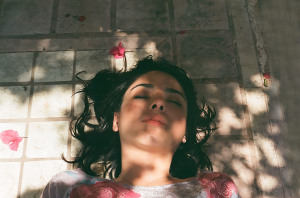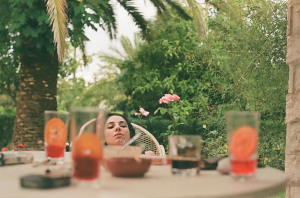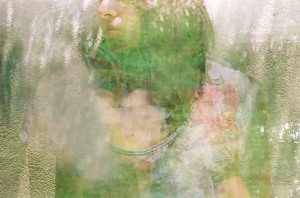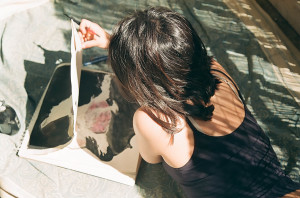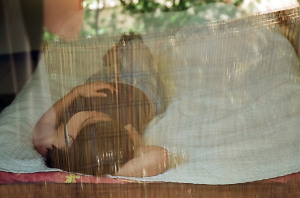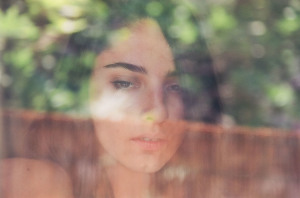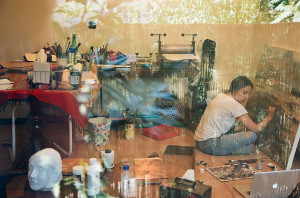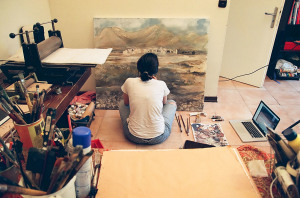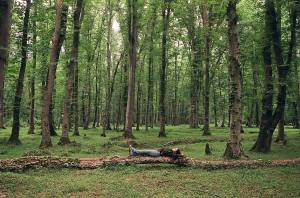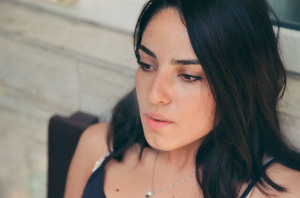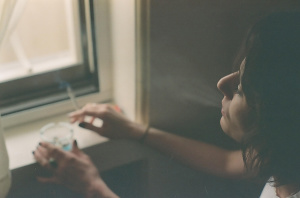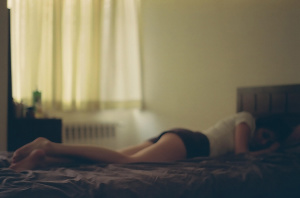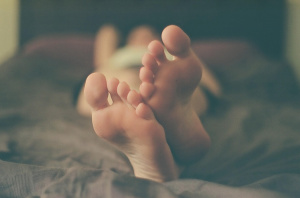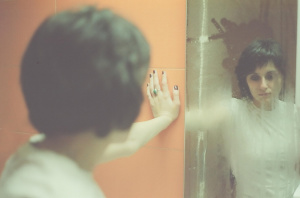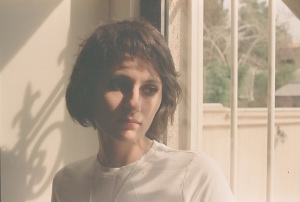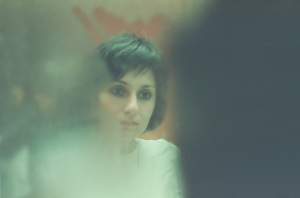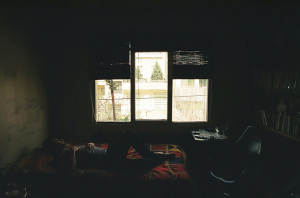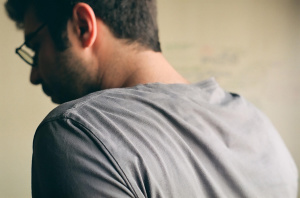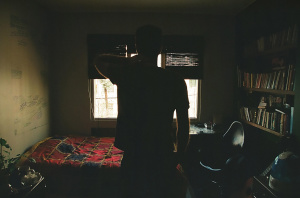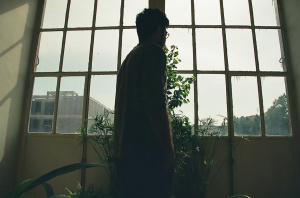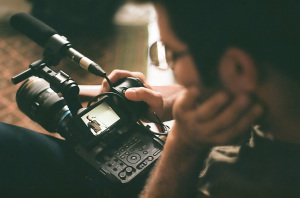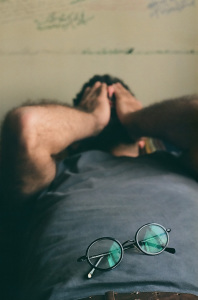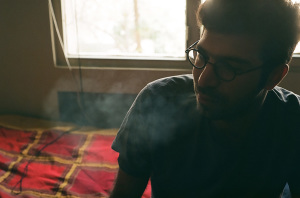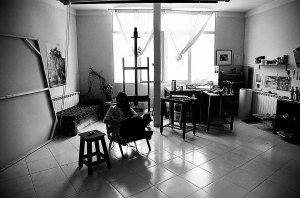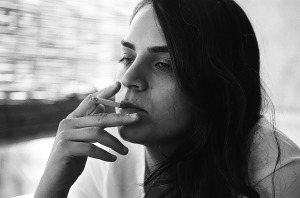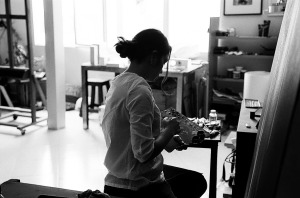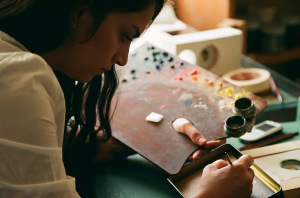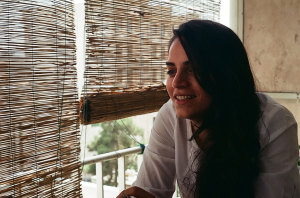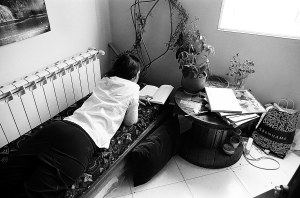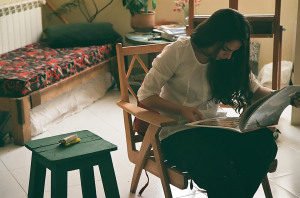Kimia, Maral, Amiral, Samira
Analog Photography
2013
Curated by Greta Boldorini
–
Introduction – Biography – Interview
–
The title of the collection recalls a bigger project, which includes the series exposed here. The artist captures the everyday routine of Iranian people, mostly friends and family members depicted in their houses. In contrast to the stereotyped media representation, the artist’s purpose is to describe an unknown side of her country, more real, intimate and less common.
Maryam Khastoo was born in Swansea in 1980 in an Iranian family. When she was 24 she left Cardiff and after few years she moved in Tehran. In 2009, she began to work as a photographer, but she has recently discovered her true passion: the portrait. Her pictures have been published in both The Guardianand, The Independent.
How long have you been a photographer? How did you become a photographer?
I think it’s been a few years that I have wanted it to be my profession. I had always been interested in photography but I remember when I was living in Brighton and it was there where I took it seriously. I kept coming up with projects and for me it was to take pictures of my thoughts as opposed to writing them down.
Analog or digital? Which camera do you use?
For the last couple of years I have only been using analog. My cameras at the moment are Pentax K1000 and canon ELAN7.
Do you experiment peculiar/ distinctive photographic techniques?
Not really. I’ve started taking double exposure but that’s about it.
What do you want to tell through photography?
I always try to convey emotions in my images and as far as my new project goes, I wanted to both convey the subject’s emotions and also show a somewhat warm and ordinary side of Iranians so to speak.
Why do you consider photography the most effective mean?
It is extremely effective. Let’s take war photography as an example. There’s a lot of iconic images that have not only moved, but have also changed peoples perspective when it comes to war. The image of “the girl in the picture” in Vietnam is one of the most haunting images and it did change people’s views and their perceptions of the horrific events of the 20th century. That is why I am working on my series, I honestly believe that photographs can change opinion and even educate.
Who do you photograph? Which procedure do you follow to realize your works? How do you interact with the people you take photographs?
I have always photographed people I know. Although of late I have started approaching strangers that would be interesting to photograph. Be it strangers or friends of friends. I don’t use a particular procedure. I always try to build a relationship with the person I am photographing. I like meeting new people and it would be weird to simply start snapping away without having a conversation with your subject. You have to make that person comfortable. Additionally, you will most definitely achieve better results when you make the person comfortable around you and your camera.
Are your photographies spontaneous or contrived?
I would say spontaneous. I don’t know what the surroundings will be like beforehand and I prefer everything to be as natural as possible.
Let’s talk about your series published here: Amiral, Maral, Kimia, Samira. Who are these people? What do you want to tell us about them?
They are all friends of mine. Some, I have met quite recently. The series is called – Iranian. And it is as simple as that. I was tired of people asking me daft questions about my country and the media is partly to blame for that. So I decided to photogpraph my side of the country. A ‘normal’ side so to speak. The media’s portrayal of Iranians tends to be always one sided. A sterotypical side of Iran or let’s say the Middle East. My aim with this project is to show a side which I see on a daily basis. Something that the West is not familiar with.
Is there a political purpose in your work?
Not at all. Showing a different side to my country has nothing to do with politics. It’s a personal project which means a great deal to me.
Which are your photographic models and references, if you have any?
Yes, absolutely. There are so many so I’ll just name a couple. For inspiration I love Julia Margaret Cameron and Elinor Carucci.
Where can we see your work?





